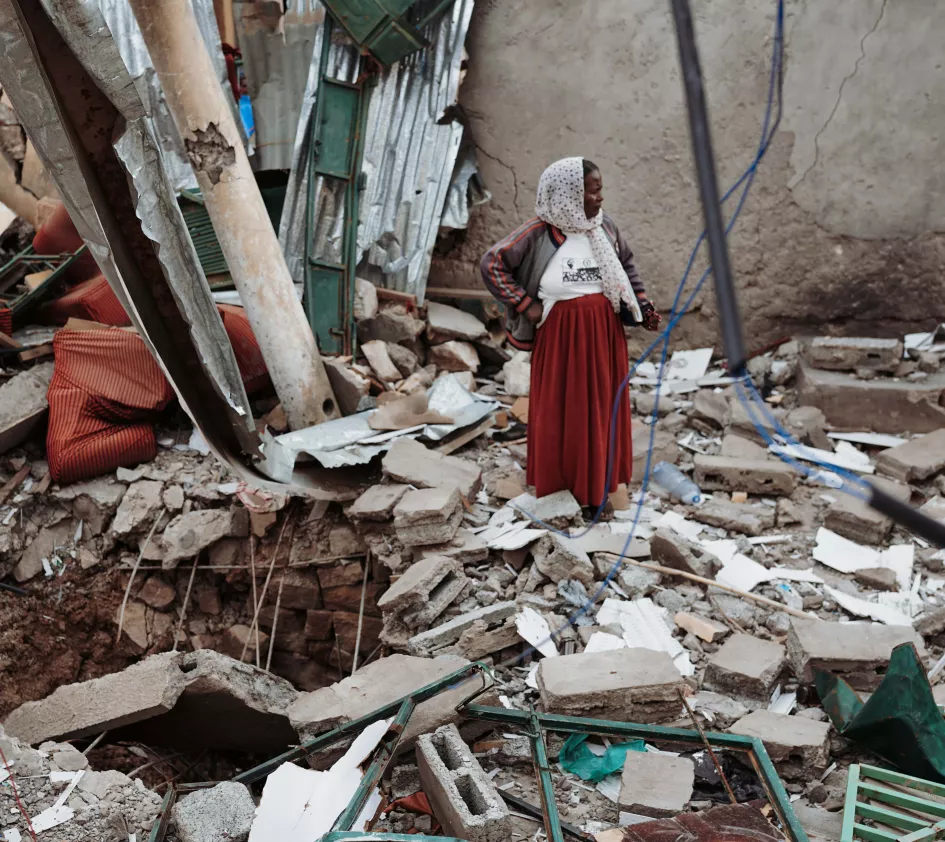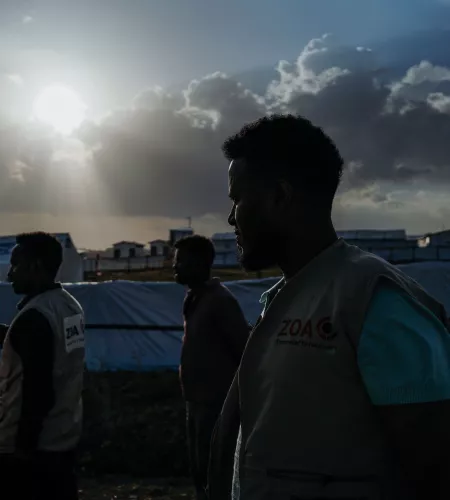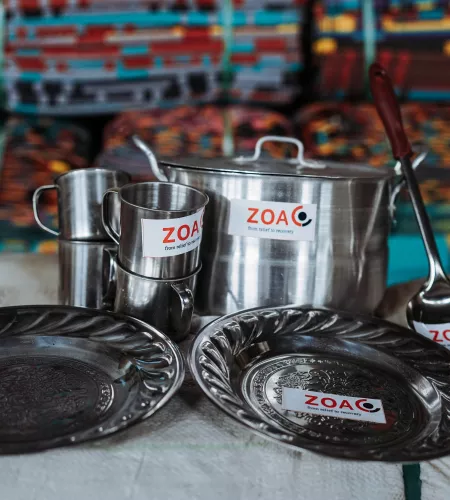1. How did the conflict in Tigray begin?
In 2020, tensions escalated between the Tigray regional government and the central Ethiopian government. Elections were scheduled, but the government postponed them due to the corona pandemic. The Tigray People's Liberation Front (TPLF), which had been in power in Ethiopia for nearly three decades, was angered by this delay. In November 2020, clashes broke out between the national and regional armies. A state of emergency was declared, and the TPLF was branded an enemy. The TPLF sought to restore its power and declare Tigray autonomous. No one anticipated the extent to which the conflict would escalate.
.



